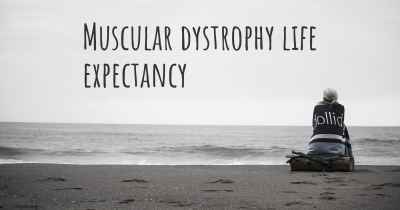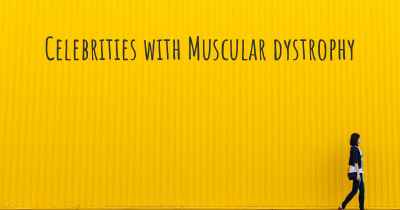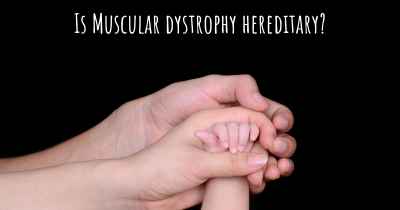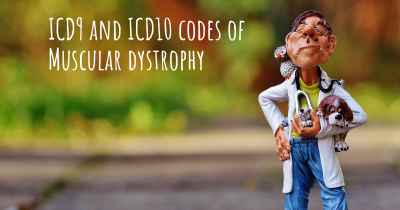How is Muscular dystrophy diagnosed?
See how Muscular dystrophy is diagnosed. Which specialists are essential to meet, what tests are needed and other useful information for the diagnosis of Muscular dystrophy
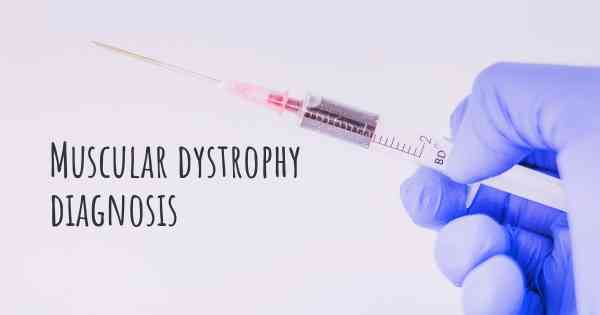
How is Muscular Dystrophy Diagnosed?
Muscular dystrophy (MD) refers to a group of genetic disorders characterized by progressive muscle weakness and degeneration. Diagnosing muscular dystrophy involves a comprehensive evaluation of an individual's medical history, physical examination, and various diagnostic tests. While there is no cure for muscular dystrophy, early diagnosis is crucial for managing symptoms, providing appropriate care, and improving the quality of life for affected individuals.
Medical History and Physical Examination
The diagnostic process typically begins with a detailed medical history review. The healthcare provider will inquire about the individual's symptoms, their onset, progression, and any family history of muscular dystrophy or related conditions. It is important to provide accurate and comprehensive information to aid in the diagnosis.
Following the medical history, a thorough physical examination is conducted. The healthcare provider will assess muscle strength, tone, and size, as well as look for any signs of muscle wasting or contractures. They may also evaluate other body systems to rule out alternative causes of muscle weakness.
Genetic Testing
Genetic testing plays a crucial role in diagnosing muscular dystrophy. It involves analyzing an individual's DNA to identify specific genetic mutations associated with different types of muscular dystrophy. This testing can be performed using a blood sample or, in some cases, a saliva sample.
There are several types of genetic tests available, including:
- DNA sequencing: This test examines the entire coding region of a specific gene to identify mutations.
- Deletion/duplication analysis: This test looks for larger genetic changes, such as deletions or duplications of genetic material.
- Carrier testing: This test is performed on individuals without symptoms to determine if they carry a specific genetic mutation and have the potential to pass it on to their children.
Genetic testing can confirm the presence of muscular dystrophy and help determine the specific type and subtype of the condition. It can also be used for carrier testing in family members.
Electromyography (EMG)
Electromyography (EMG) is a diagnostic test that measures the electrical activity of muscles. It involves inserting a fine needle electrode into the muscle to record its electrical signals. EMG can help differentiate between muscle and nerve disorders, assess the severity of muscle involvement, and identify specific muscles affected by muscular dystrophy.
Muscle Biopsy
In some cases, a muscle biopsy may be recommended to aid in the diagnosis of muscular dystrophy. During this procedure, a small piece of muscle tissue is surgically removed and examined under a microscope. The biopsy can reveal characteristic changes in the muscle fibers, such as degeneration, inflammation, or abnormal protein deposits, which are indicative of muscular dystrophy.
Other Diagnostic Tests
Additional diagnostic tests may be performed to gather more information and rule out other conditions. These tests may include:
- Blood tests: Blood tests can assess muscle enzyme levels, such as creatine kinase (CK), which are often elevated in individuals with muscular dystrophy.
- Imaging studies: Imaging techniques like magnetic resonance imaging (MRI) or ultrasound may be used to visualize muscle abnormalities and assess the extent of muscle degeneration.
- Nerve conduction studies: These tests evaluate the electrical conduction of nerves and can help determine if nerve damage is contributing to muscle weakness.
- Cardiac evaluation: As some forms of muscular dystrophy can affect the heart, cardiac evaluations such as electrocardiogram (ECG) or echocardiogram may be performed.
Consultation with Specialists
Given the complexity of muscular dystrophy, it is common for individuals to be referred to various specialists for further evaluation and management. These may include neurologists, geneticists, physiatrists, and other healthcare professionals experienced in diagnosing and treating muscular dystrophy.
In conclusion, diagnosing muscular dystrophy involves a combination of medical history review, physical examination, genetic testing, electromyography, muscle biopsy, and other diagnostic tests. The process aims to identify the specific type and subtype of muscular dystrophy, rule out alternative causes of muscle weakness, and guide appropriate management strategies. Early diagnosis is crucial for implementing interventions that can help manage symptoms, optimize function, and improve the overall well-being of individuals with muscular dystrophy.
Posted Aug 8, 2017 by Raquel 100
